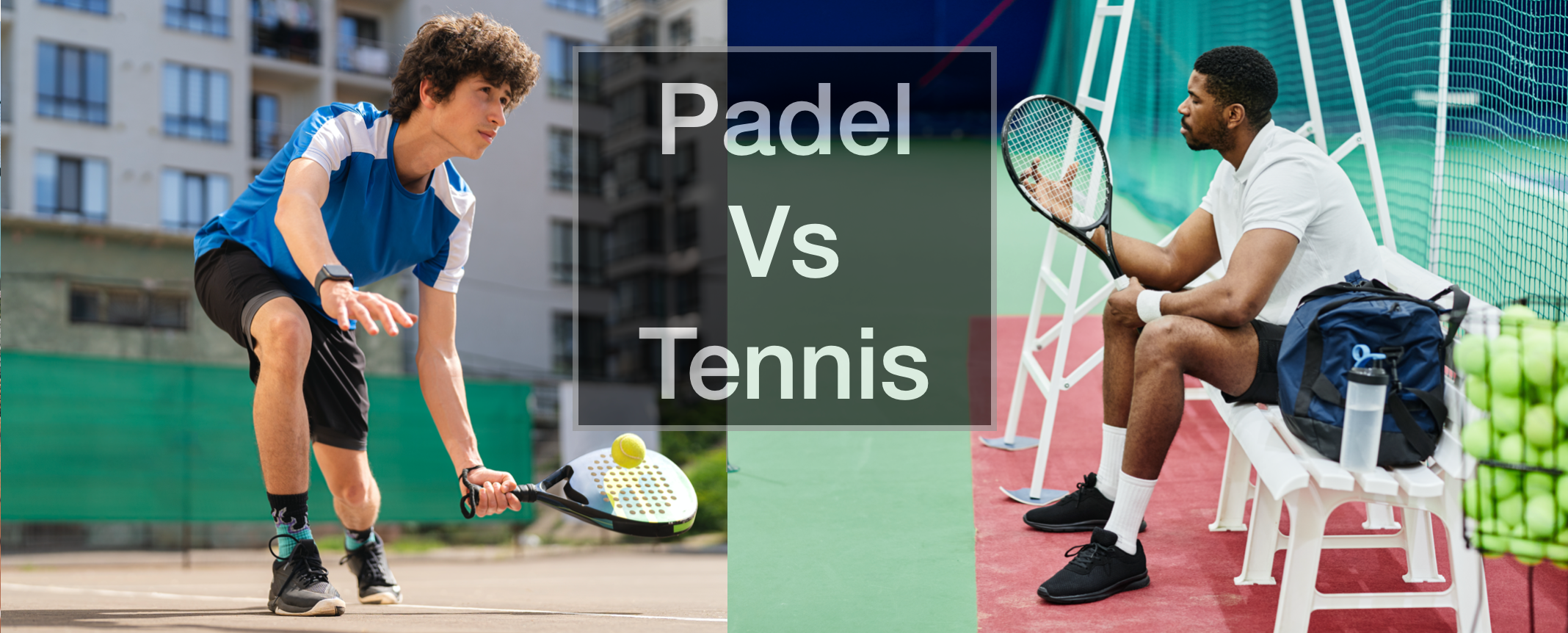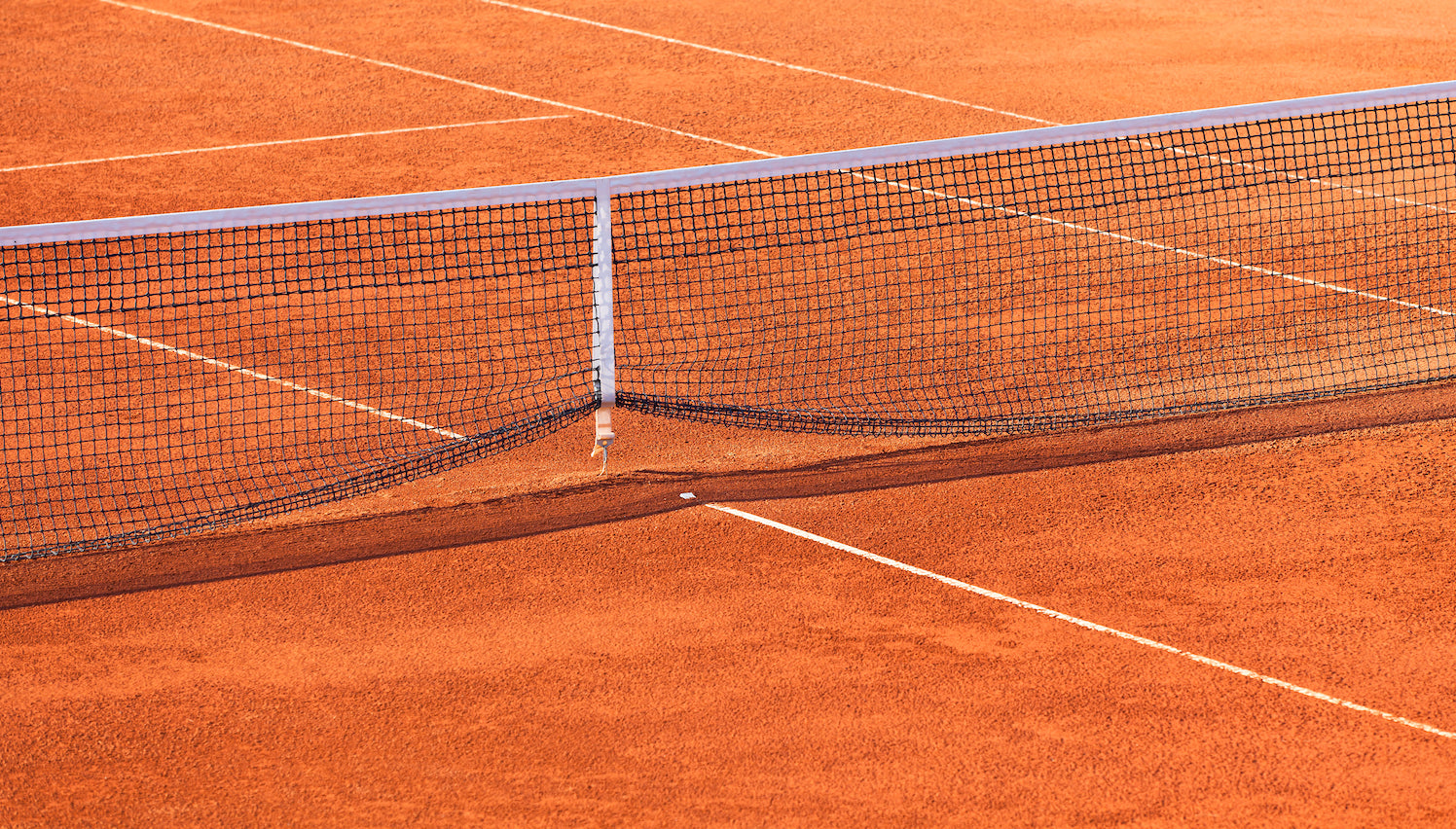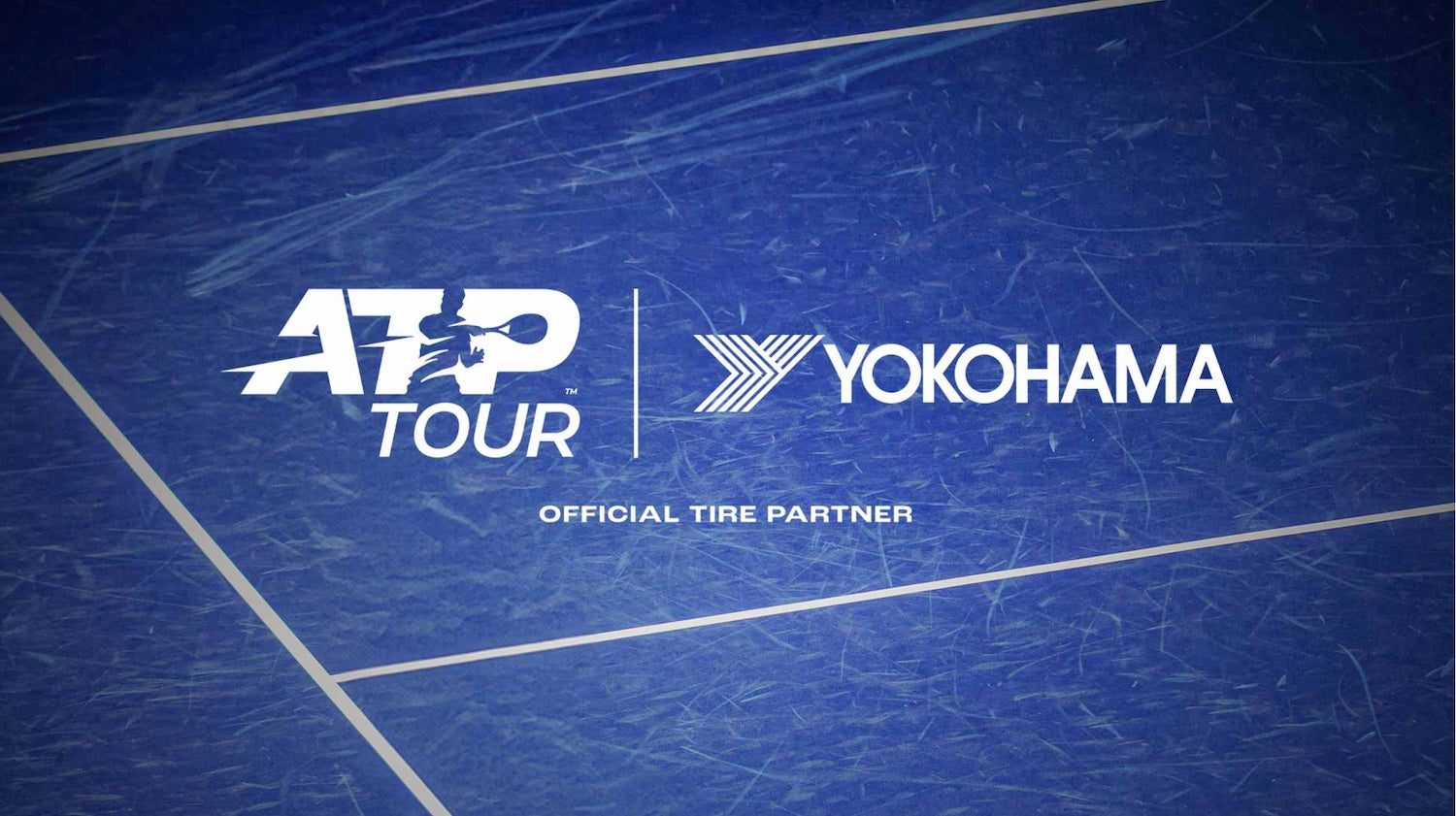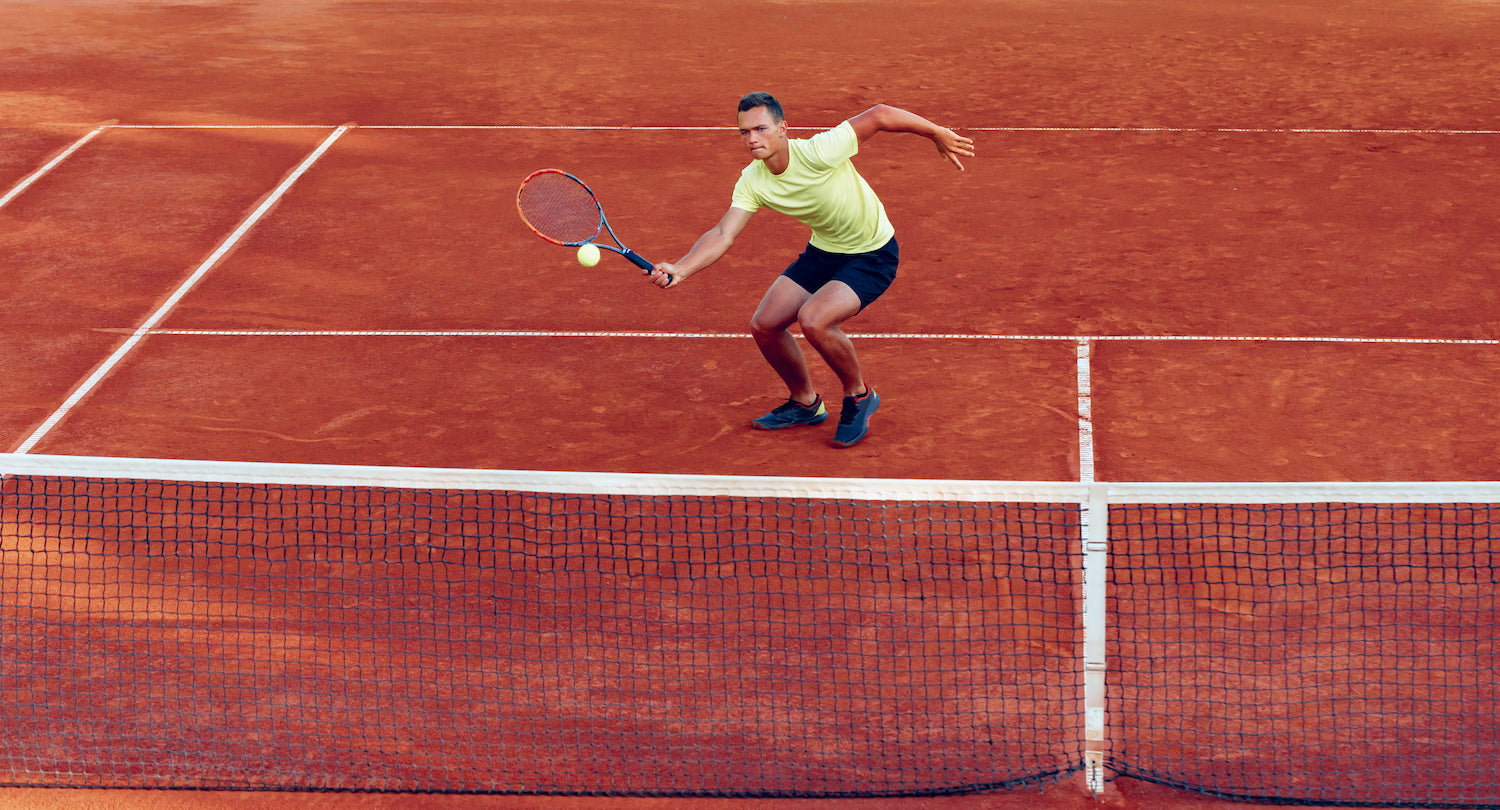Looking for a new sport that combines the thrill of tennis with a unique twist? You need to look into padel! Padel, a sport that originated in Mexico and gained popularity in Europe, is often compared to tennis due to its similar court layout and use of rackets. However, one key difference between the two sports lies in the type of ball used. While tennis balls are well-known and widely used, padel balls offer a distinct playing experience. In this article, we'll delve into the key differences between padel balls and tennis balls, exploring their construction, bounce, and impact on gameplay. Whether you're a tennis enthusiast curious about trying out padel or a padel player looking to understand the nuances of the game, this article will shed light on the unique characteristics of these two racquet sports. So, let's dive in and uncover the differences between padel and tennis!
Padel Ball Vs Tennis Ball: Key differences in the size and weight
When it comes to the size and weight of the balls used in padel and tennis, there are noticeable differences. Padel balls are slightly smaller and lighter than tennis balls. A standard padel ball has a diameter of approximately 6.35 cm (2.5 inches) and weighs around 56 grams. On the other hand, a tennis ball has a diameter of about 6.67 cm (2.63 inches) and weighs between 56 and 59 grams. While the difference in size may not seem significant, it does impact the way the ball behaves during gameplay.
The smaller size of the padel ball allows for a quicker pace and faster gameplay. It requires players to react more swiftly and adapt their shots accordingly. The lighter weight of the padel ball also contributes to its speed, making it easier to generate power and spin. In contrast, the slightly larger and heavier tennis ball tends to move at a slower pace, allowing players more time to react and adjust their shots. The size and weight differences between the two balls create contrasting playing experiences and require players to develop different techniques and strategies.
In addition to size and weight, the surface of the balls also differs. Padel balls have a slightly rougher texture compared to tennis balls, which can affect the way they grip the court surface and bounce. This leads us to the next key difference between padel balls and tennis balls - their material composition.
Material composition of Padel Ball and Tennis Ball
Padel balls and tennis balls are made from different materials, contributing to their distinct playing characteristics. Padel balls are primarily composed of rubber with a felt covering. The rubber core provides the ball with its bounce and responsiveness, while the felt covering adds grip and enhances control. The felt on a padel ball is thicker and denser than that on a tennis ball, allowing for better control and spin.
Tennis balls, on the other hand, are made of a hollow rubber core covered in a layer of felt. The rubber core gives the ball its bounce, while the felt covering provides grip and durability. The felt on a tennis ball is thinner and less dense than that on a padel ball, allowing for more speed and less control. The material composition of the balls directly impacts their behavior on the court, making each sport unique in its own way.
The differences in material composition and surface texture affect how the balls interact with the court surface, resulting in variations in bounce and trajectory. Understanding these differences is crucial for players to adapt their gameplay and make the most of their shots. Now that we have explored the size, weight, and material composition of padel balls and tennis balls, let's move on to the playing surface and court dimensions.
Playing surface and court dimensions for Padel and Tennis
Both padel and tennis are played on a rectangular court, but there are slight differences in their dimensions and surface materials. Padel courts are smaller than tennis courts, measuring 20 meters in length and 10 meters in width. This compact size allows for faster gameplay and more intense rallies. The courts are enclosed by glass walls and wire mesh, creating a unique playing environment.
Tennis courts, on the other hand, are larger, measuring 23.77 meters in length and 8.23 meters in width for singles matches, and 23.77 meters in length and 10.97 meters in width for doubles matches. The larger court size in tennis provides players with more space to cover and allows for longer rallies.
The playing surface also differs between padel and tennis. Padel is typically played on artificial grass, artificial turf, or acrylic surfaces, which provide consistent bounce and good grip for players. Tennis, on the other hand, is played on various surfaces, including grass, clay, and hard courts. Each surface has its own characteristics, affecting the ball's bounce and the player's movement. The playing surface plays a significant role in the strategies and techniques employed in each sport.
Now that we have explored the size, weight, material composition, and playing surface of padel balls and tennis balls, let's move on to the techniques and skills required for playing each sport.

Techniques and skills required: Padel Vs Tennis
Padel and tennis require different techniques and skills due to the unique characteristics of their respective balls and playing environments. In padel, due to the smaller court size and faster-paced gameplay, players need to have excellent reflexes, quick footwork, and the ability to react swiftly to the ball. The smaller and lighter padel ball allows for greater maneuverability, requiring players to be agile and adaptable. The use of spin and control is crucial in padel, as it allows players to create unpredictable shots and outmaneuver their opponents.
In tennis, the larger court size and slower pace of the game necessitate different skills. Tennis players need to possess a combination of power, accuracy, and stamina. The larger and heavier tennis ball requires players to generate more power in their shots, while also maintaining control and precision. To excel in tennis, players must master various strokes, such as the forehand, backhand, serve, and volley, and be able to adapt their playing style based on the opponent and the court surface.
While both sports involve racket skills and strategic thinking, the differences in ball characteristics and court dimensions require players to develop specific techniques and adapt their gameplay accordingly. The next section will explore the similarities and differences in the rules and scoring systems of padel and tennis.
Similarities and differences in the rules and scoring systems
The rules and scoring systems in padel and tennis share some similarities, but there are also notable differences. Both sports follow a similar basic structure, where players must hit the ball over the net and into the opponent's court. The objective is to score points by making the ball land within the designated boundaries and outmaneuvering the opponent.
In padel, the game is played in doubles format, with two players on each team. The serve is underhand, and the server must hit the ball diagonally into the opponent's service box. The ball is allowed to hit the surrounding walls before it lands in the opponent's court, adding an element of strategy and unpredictability to the game. Padel follows a no-volley zone rule, where players cannot hit the ball in the air while inside a designated area near the net.
Tennis, on the other hand, can be played in both singles and doubles format. The serve is overhand, and the server must hit the ball diagonally into the opponent's service box. Unlike padel, there are no surrounding walls in tennis, and the ball must stay within the court boundaries. Tennis does not have a no-volley zone rule, allowing players to hit the ball in the air from anywhere on the court.
The scoring systems also differ between padel and tennis. In padel, the scoring is similar to tennis, with points awarded as 15, 30, 40, and game. However, padel uses a no-ad scoring system, where the first team to reach 40 points wins the game. If the game is tied at 40-40 (deuce), the next point determines the advantage, and the team that wins the next point wins the game.
Tennis follows a traditional scoring system, with points awarded as 15, 30, 40, and game. If the game is tied at 40-40 (deuce), players must win two consecutive points to win the game. If the score reaches 6-6 in a set, a tiebreaker is played to determine the winner of the set.
Understanding the rules and scoring systems is essential for players to compete effectively and enjoy the game. Now, let's move on to the equipment used in padel and tennis.

Equipment used in Padel and Tennis
Padel and tennis require specific equipment to play the game effectively. In both sports, a racket is used to hit the ball. Padel rackets are similar to tennis rackets in terms of shape and design, but they have some key differences. Padel rackets have no strings and are solid, with perforated surfaces to reduce air resistance. The solid surface allows for better control and maneuverability, while the perforations help reduce vibration and enhance comfort.
Tennis rackets, on the other hand, have strings that are tensioned across an open hoop. The strings provide a larger sweet spot and more power, allowing players to hit the ball with greater force and spin. The open hoop design also helps with maneuverability and control.
In addition to rackets, players in both sports require appropriate footwear. Padel and tennis shoes are designed to provide stability, cushioning, and traction on different court surfaces. Padel shoes often have a herringbone pattern on the sole to enhance grip, while tennis shoes may have different sole patterns depending on the court surface.Finally, the balls used in padel and tennis are specific to each sport. Padel balls have a slightly smaller size, are lighter, and have a thicker felt covering compared to tennis balls. Tennis balls are larger, heavier, and have a thinner felt covering. Using the appropriate ball for each sport is essential for a fair and enjoyable game.
Now that we have explored the equipment used in padel and tennis, let's move on to popular tournaments and events in each sport.
Popular Padel and Tennis tournaments and events
Both padel and tennis have a rich tournament and event calendar that attracts players and spectators from around the world. In the world of padel, the World Padel Tour (WPT) is the premier professional padel circuit, featuring top players from various countries. The WPT organizes tournaments throughout the year, culminating in the World Padel Tour Finals, where the best players compete for the title.
In tennis, the four Grand Slam tournaments - Australian Open, French Open, Wimbledon, and US Open - are the most prestigious events. These tournaments attract the top-ranked players in the world and offer significant prize money. Additionally, the Association of Tennis Professionals (ATP) and the Women's Tennis Association (WTA) organize numerous tournaments throughout the year, including the ATP Tour Masters 1000 and the WTA Premier events.
Both padel and tennis also have national and regional tournaments that allow players of all skill levels to compete and showcase their talent. These tournaments provide a platform for players to improve their rankings, gain experience, and connect with fellow enthusiasts.
Padel and Tennis for beginners - which sport is easier to pick up?
For beginners looking to pick up a new sport, both padel and tennis offer unique experiences and challenges. Padel may be more accessible for beginners due to its smaller court size, slower pace, and emphasis on strategy and control. The smaller and lighter padel ball allows beginners to get a feel for the game more quickly and develop their skills with relative ease. The enclosed court with surrounding walls also helps beginners keep the ball in play and reduces the need for extensive running.
Tennis, on the other hand, requires more physical endurance and technical proficiency due to its larger court size and faster pace. The larger and heavier tennis ball may take beginners some time to get used to, as it requires more power and precision to hit effectively. However, tennis offers a unique challenge and the opportunity to develop a wide range of shots and skills.
Ultimately, the choice between padel and tennis depends on personal preferences, physical abilities, and the desire for a particular playing experience. Both sports have their own appeal and can provide a lifetime of enjoyment and fitness.

Conclusion - choosing between Padel and Tennis based on personal preferences and skill level.
In conclusion, padel and tennis are similar yet distinct sports that offer unique playing experiences. The key differences lie in the size, weight, material composition, bounce, court dimensions, techniques, rules, equipment, and tournaments. Padel balls are smaller, lighter, and have a thicker felt covering compared to tennis balls, resulting in faster gameplay and unique shot-making opportunities. The smaller court size, enclosed environment, and slower pace of padel make it more accessible for beginners. Tennis, with its larger court size, faster pace, and varied court surfaces, requires more physical endurance and technical proficiency.
Choosing between padel and tennis ultimately depends on personal preferences, skill level, and the desire for a specific playing experience. Whether you're looking for a fast-paced, strategic game or a sport that offers more physical challenges and technical proficiency, both padel and tennis have something to offer. So, find at Racquet Point the best tennis and padel equipment, and grab your racket, choose your ball, and enjoy the thrill of these fantastic racquet sports!





